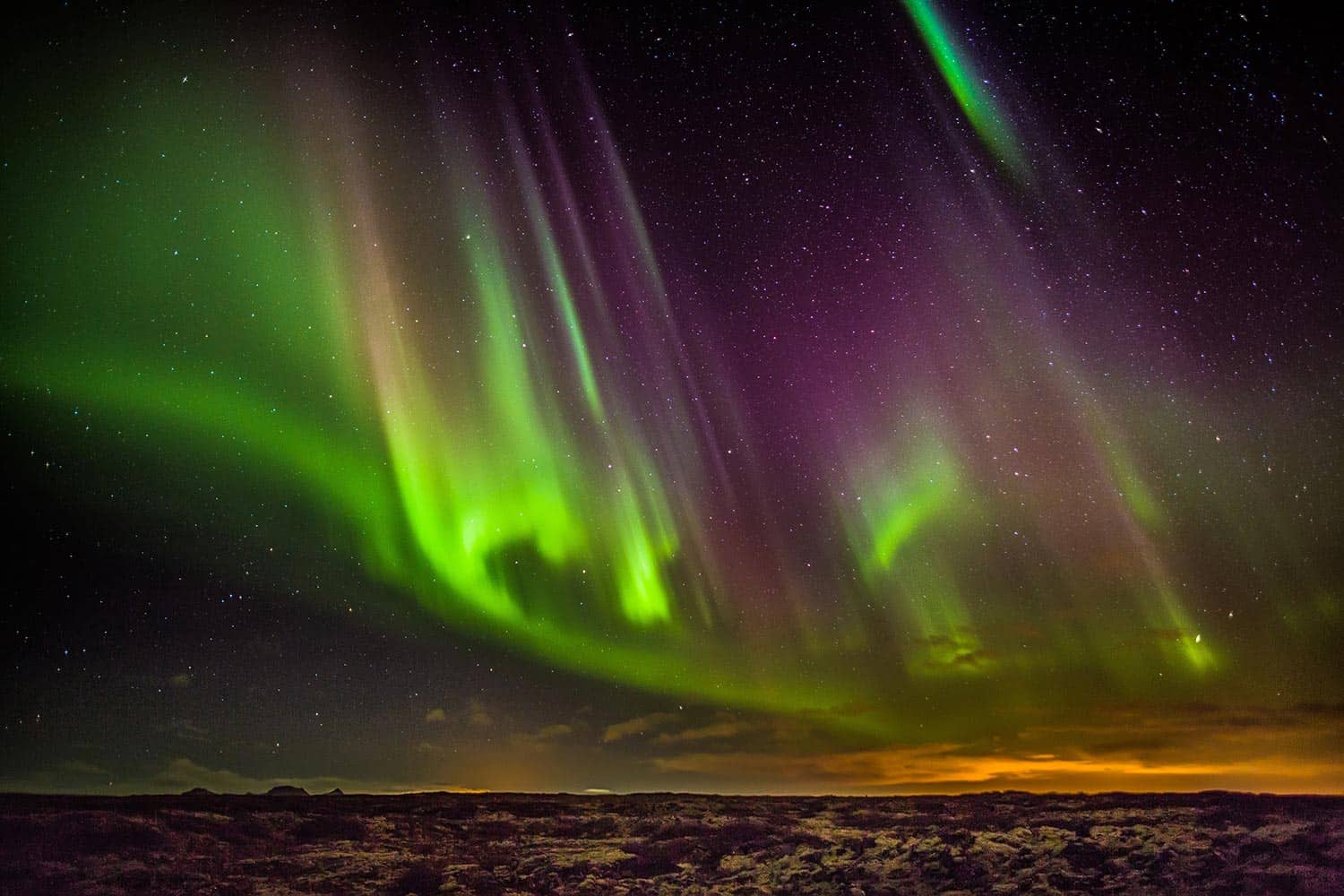Join/
Best of...
The Best Places to See Stars: Where to Go for Amazing Stargazing
Best Places to See Stars in the United States
Stay: Four Seasons Resort Hualalai.
Bryce Canyon, Utah
Visitors to the 35,000-acre national park in southern Utah can see as many as 7,500 stars on a good night, especially when led by one of the park’s Astronomy Rangers. The well-organized Astronomy Night programs are open to all ages, but the hottest ticket is a Full Moon Hike. The annual four-day Astronomy Festival takes place each June.
Stay: The Lodge at Bryce Canyon
Denali National Park, Alaska
With Mount Denali as its centerpiece, this national park is larger than the state of New Hampshire, protecting nearly 10,000 square miles from development—and light pollution. And thanks to its northern latitudes, Alaska has long hours of darkness for much of the year in late fall, winter and early spring. (Note: during summer months, the midnight sun makes for a surprising lack of stars, so if seeing the night sky is the goal, avoid May through September)
Stay: Sheldon Chalet
Boundary Waters, Minnesota
Part of Superior National Forest in northern Minnesota, and straddling the Canadian border, the Boundary Waters is a massive expanse (totaling more than a million acres) of lakes, streams and bogs and boreal forests, hundreds of miles from the nearest major town. A canoe-lover's fantasy, it's home to more than a thousand designated canoeing routes.
Stay: Within the park, you'll likely be camping. Contact Indagare for our favorite Minneapolis hotels to bookend your trip.
Susquehannock State Forest, Pennsylvania
The eastern seaboard's population density makes finding top stargazing spots something of a challenge, but Susquehannock State Forest, in the Pennsylvania Wilds region, is an exception. It encompasses 265,000 protected acres, and gives travelers a chance to see the planets, tens of thousands of stars and the Milky Way, just over a four-hour drive from New York City and Philadelphia.
Palm Springs, California
This desert resort town east of Los Angeles is better known for its mid-century modernist architecture than its stargazing, but it places visitors within an hour to two registered dark sky reserves, Joshua Tree National Park and Anza-Borrego State Park. Both are some of the best places to see stars in Southern California.
Stay: Arrive Palm Springs
Baxter State Park and Katahdin Woods & Waters National Monument, Maine
In northern Maine, these adjacent parks protect nearly 300,000 acres of woodlands—and the state's tallest peak—providing a dark sky sanctuary that's ideal for seeing stars.
Related: Best Winter Vacation Ideas for 2020-2021: 25 Trip Ideas from Antigua to Zambia
Best Places to See the Stars Outside of the U.S.
Kerry International Dark Sky Reserve, Ireland Considered one of the top three Gold-tier reserves for stargazing, this region of southwestern Ireland offers views of star clusters and the Andromeda Galaxy without even the use of a telescope. Prehistoric relics here prove locals have been looking to the heavens for millennia. Stay: Sheen Falls Lodge or Park Hotel KenmareNamib Desert, NamibiaIn 2012 the NamibRand Nature Reserve was declared a Gold-tier International Dark-Sky Reserve, taking its place among the stars of astronomy destinations. The region offers the full array of visible astronomical phenomena, including auroras, airglows, the Milky Way, zodiacal light and faint meteors.
Stay: andBeyond Sossusvlei Desert Lodge in the Sossuslvlei Dunes
And for future planning, these destinations are currently closed to U.S. visitors but have some of the world's must incredible night skies:
Atacama Desert, Chile
People come to the proclaimed “driest place on earth,” 5,000 feet above sea level, to take in the striking topography and biological rarities. This unique ecosystem is home to several astrological observatories and ALMA, the groundbreaking radio telescope.
Stay: Alto Atacama, Awasi or Explora Atacama
Aoraki Mackenzie International Dark Sky Reserve, New Zealand
From this dark-sky reserve—the largest in the world—the satellite galaxies known as Magellanic Clouds, the Southern Cross and even the Aurora Australis (the Northern Lights of the Southern Hemisphere) are all visible. The location, between Queenstown and Christchurch, makes this a great stop for those venturing around New Zealand’s South Island.
Stay: Alpine Lodge at Minaret Station
Sagarmatha National Park, Nepal
This UNESCO World Heritage national park, which is home to Mount Everest, has extremely low light pollution and (obviously) high altitudes, making it ideal for stargazing. The Everest Base Camp trek, which takes up to two weeks, winds through the Himalayas, mountainside villages and Buddhist monasteries.
Stay: Yeti Mountain Home Lodges
Best Places to See the Northern Lights
Lyngen Lodge, this region draws visitors who want to see the Northern Lights as part of a larger Scandinavian trip.
When to Go: Mid-November to early-March
Related: Our in-depth guide to seeing the Northern Lights
Contact Indagare for assistance in booking trips to the best places to see stars and the Northern Lights
Plan Your Trip With Us
We only feature hotels that we can vouch for first-hand. At many of them, Indagare members receive special amenities.
Get In Touch



